Top Stories
February was the world’s fourth-warmest on record in 174 years

The start of the course of an alpine ski, women's World Cup slalom race, in Zagreb, Croatia, Wednesday, Jan. 4, 2023. Mother Nature and global warming are having just as much say about when and where to hold ski races these days as the International Ski Federation. Photo: AP Photo/Giovanni Auletta.
PARK CITY, Utah — Utah has seen one of the best winters in decades. Deer Valley Resort and Park City Mountain have snow bases of 123 inches. Brighton, Alta Ski Area, Snowbird and Solitude Mountain Resort have all received more than 600 inches of snow for the year. As of March 14, Brighton is only 23 inches away from 700 inches of snow.
The rest of the west has also seen cool temperatures and large amounts of snow. The extreme of Utah’s winter is in stark contrast to what has been a hot start to 2023 for the rest of the world. February went down in the record books as the fourth warmest in 174 years worldwide, the second warmest in Europe, and set a new record low for global sea ice.
Few areas escaped the warming conditions across the planet in February. Utah and the rest of the Western U.S. were one of the few locations globally to be cooler than average. The average global temperature was 1.75 degrees above the 20th-century average of 53.9 degrees. This is not a one-off event as this is the 44th-consecutive February and 528th-consecutive month for temperatures to be above the 20th-century average. Even when considering a three-month period, December through February was 1.62 degrees above the 20th-century average, ranking as the fifth warmest and is tied with 2018 and 2022 temperatures.
While still too early to tell how the rest of the year will play out, there is already a greater than 99% chance that 2023 will be ranked among the 10-warmest years on record and a 65% chance of ranking in the top five, according to the NECI’s Global Annual Temperature Report.
While the above-average temperatures have their own consequences and challenges to overcome, what might be more troubling is the drop in global sea ice. Global sea ice coverage reached its lowest point on record for February at 460,000 square miles below the 1991-2020 average, which was 6.93 million square miles. February was also the third-smallest arctic sea ice extent in the last 45 years at 260,000 square miles below the 1991-2020 average of 5.91 million square miles. Antarctic sea ice saw a similar decline though less extreme, ending the month at 707,000 square miles and 35,900 square miles below the record seasonal minimum that occurred on February 25, 2022.
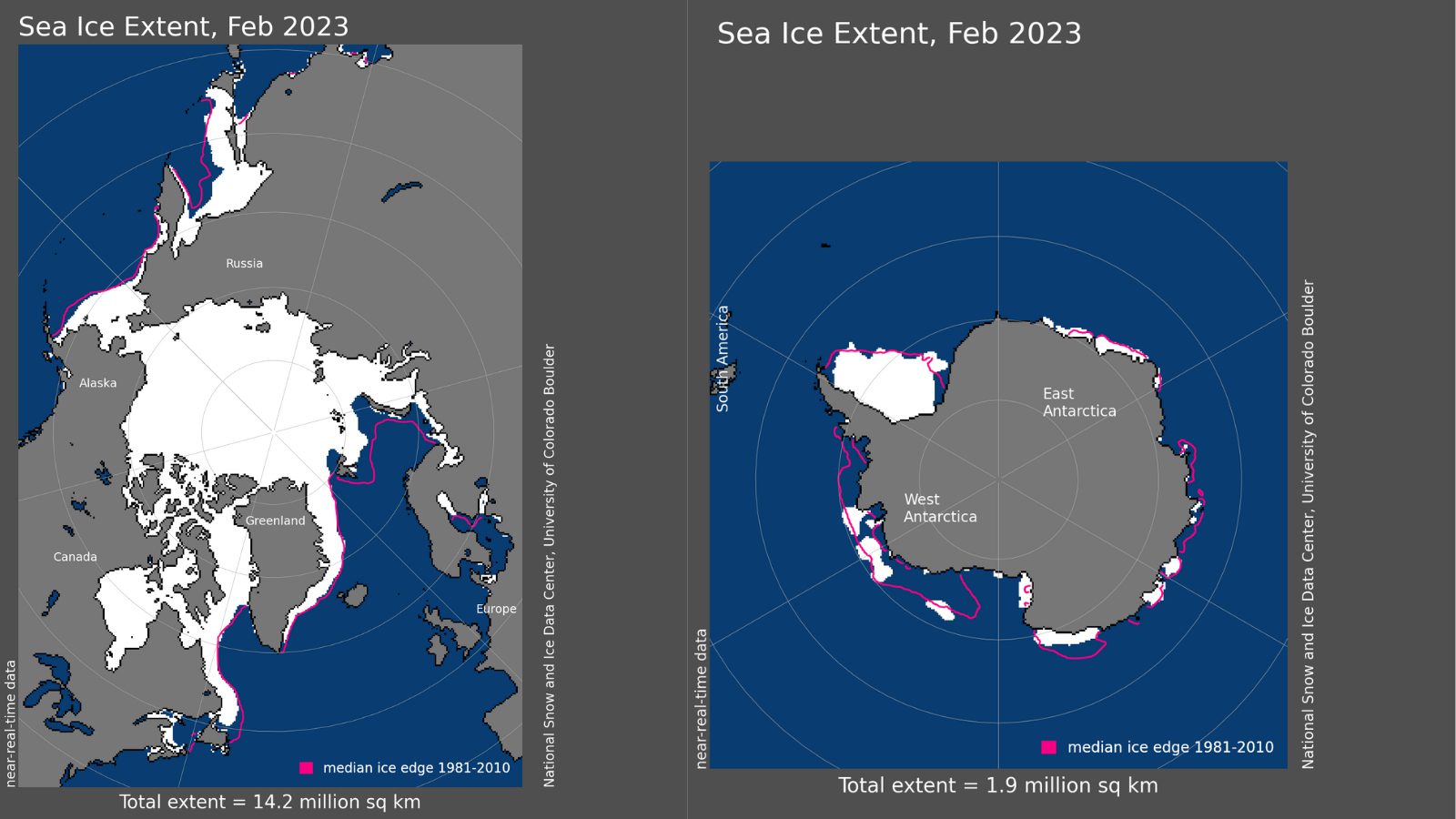
February also saw an uptick in tropical storm activity of five named storms over the course of the month. This is above the average of 3.5 storms for February. Four of the storms had winds of 74 mph or higher, reaching tropical cyclone strength. To track the energy released from tropical cyclones over their lifetime or existence, researchers use the global accumulated cyclone energy metric (ACE). February had a total ACE that was twice the normal value and reached the second-highest on record since 1972. About 75% of the ACE in February was from Tropical Cyclone Freddy in the South Indian Ocean.
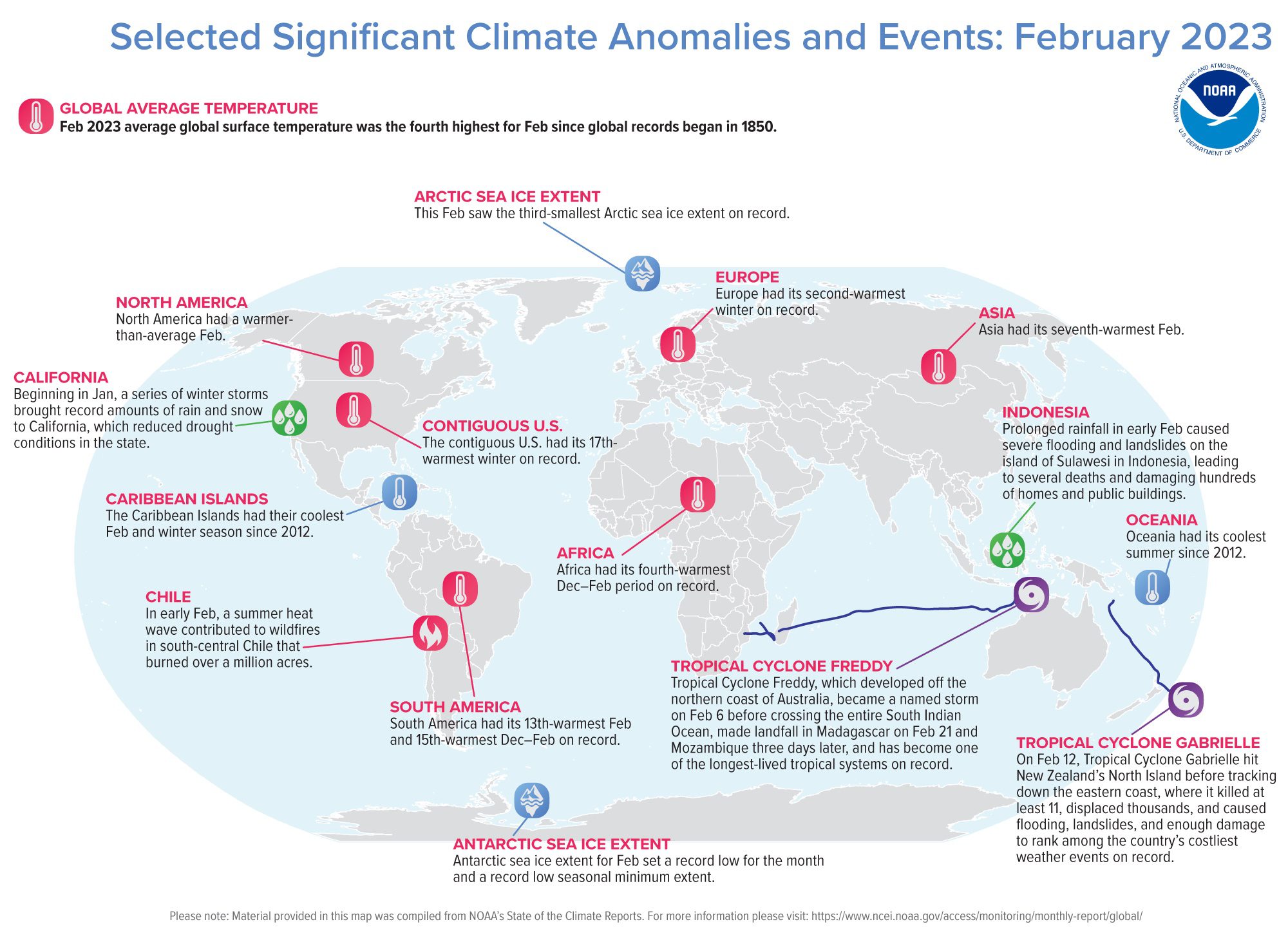

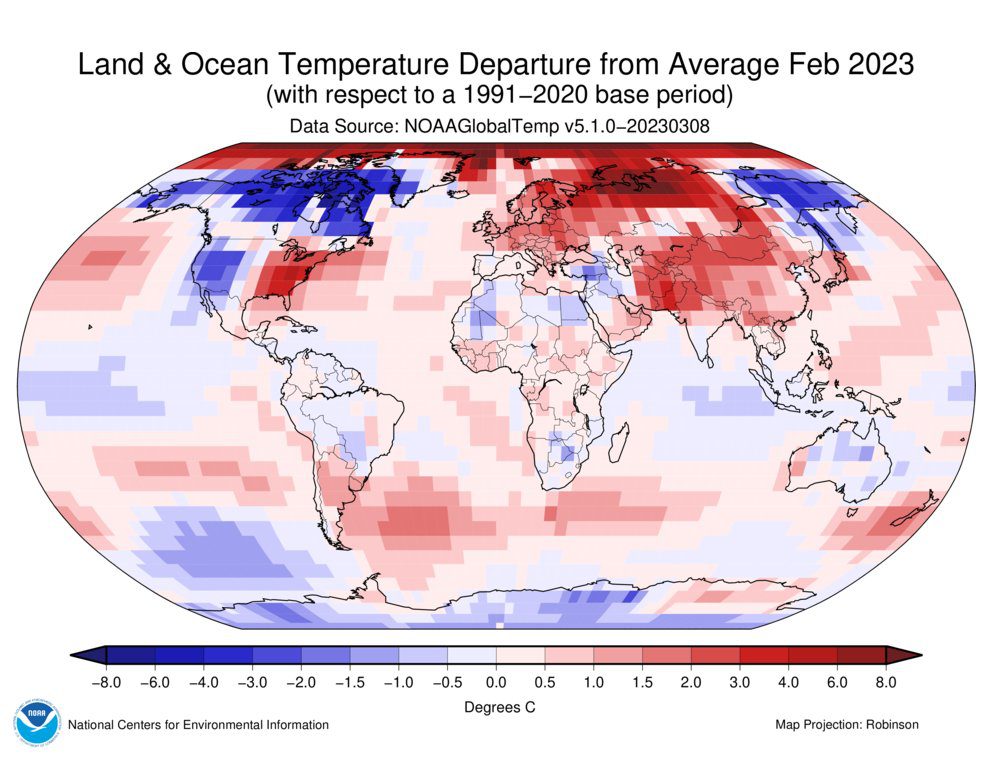
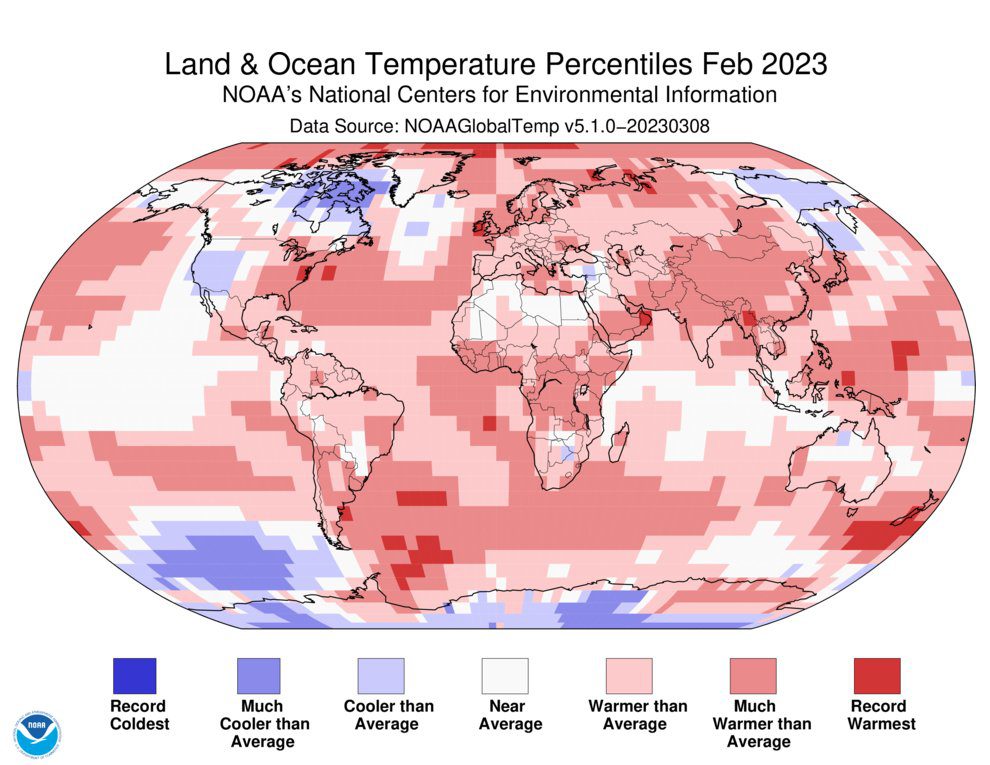











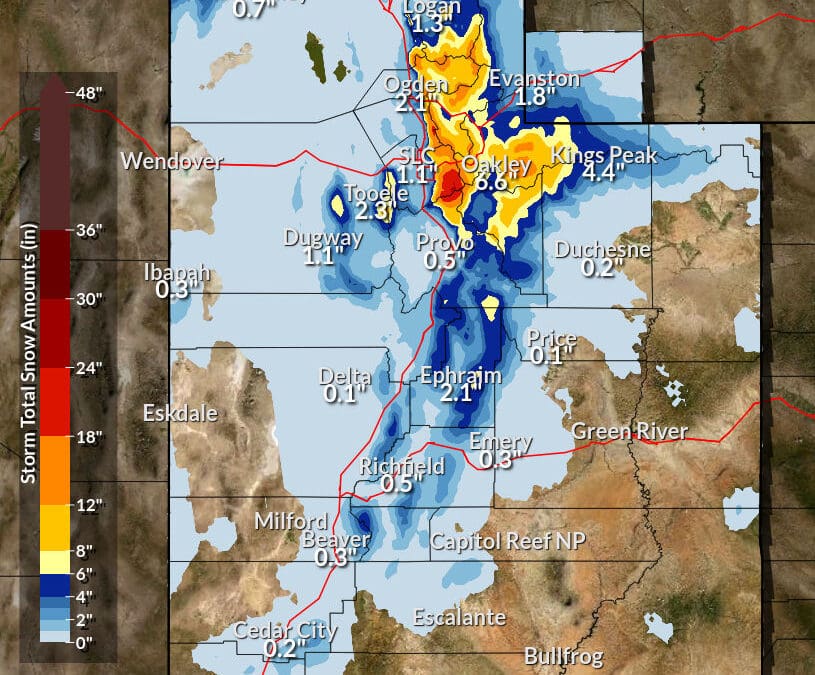



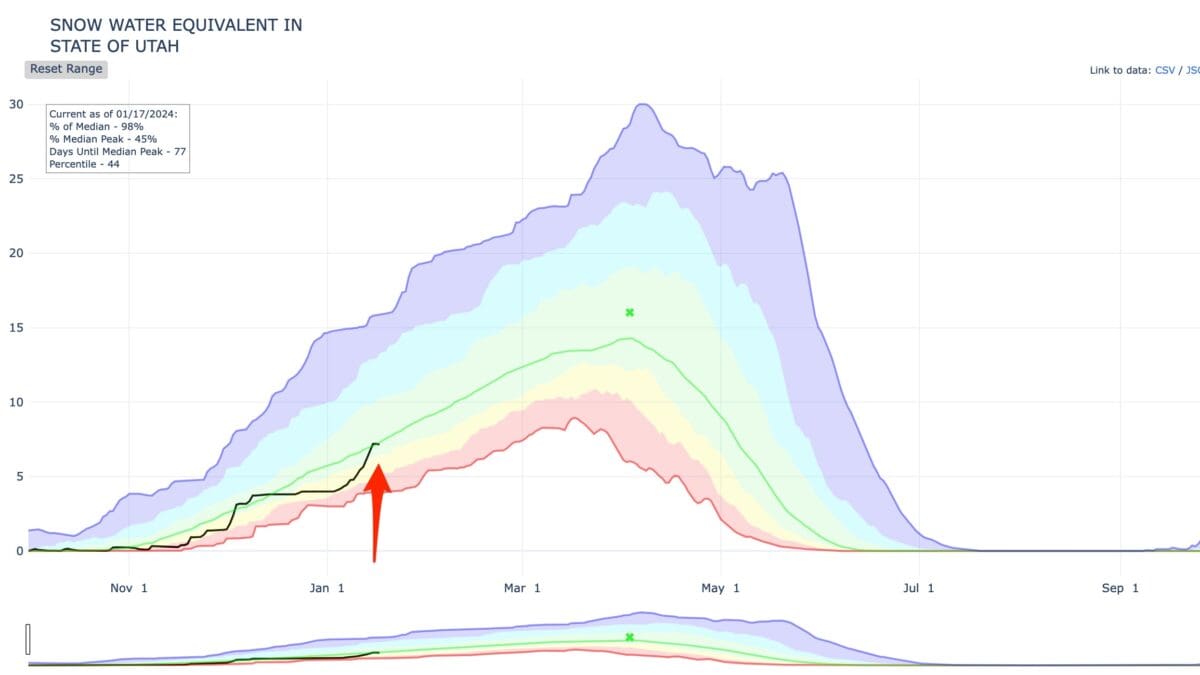
You must be logged in to post a comment.